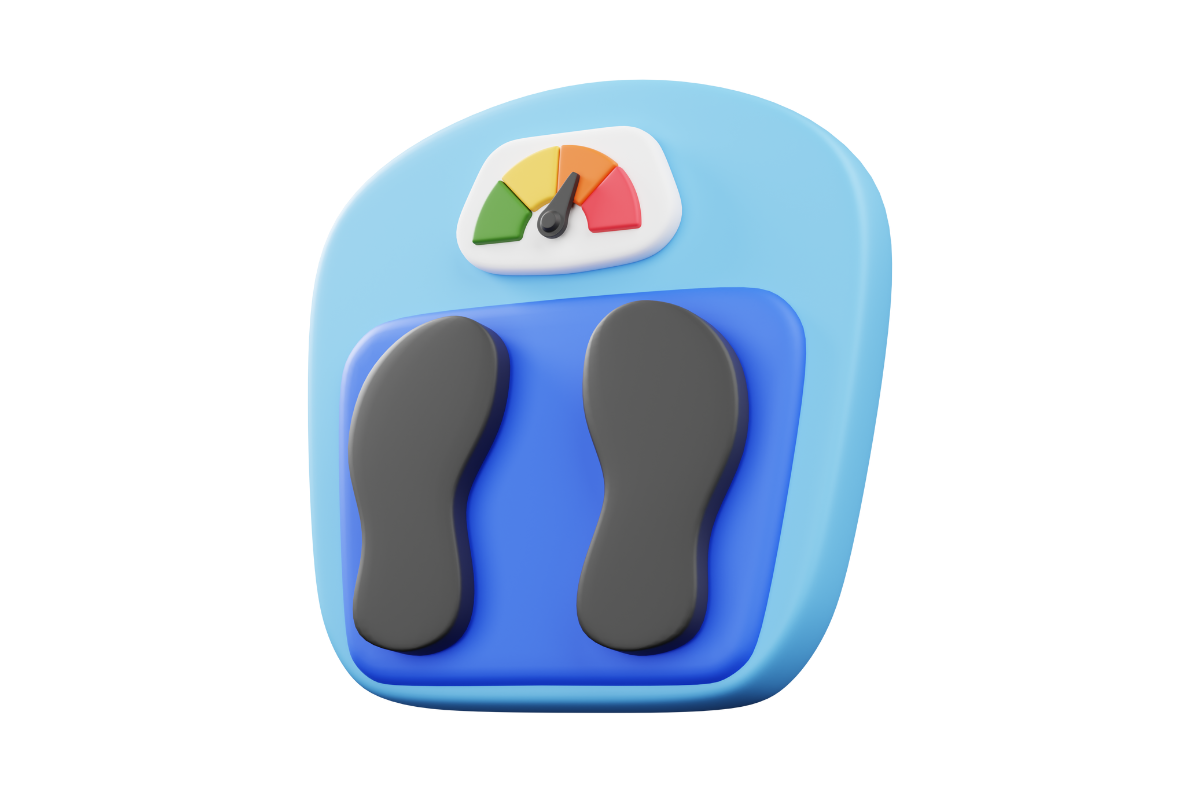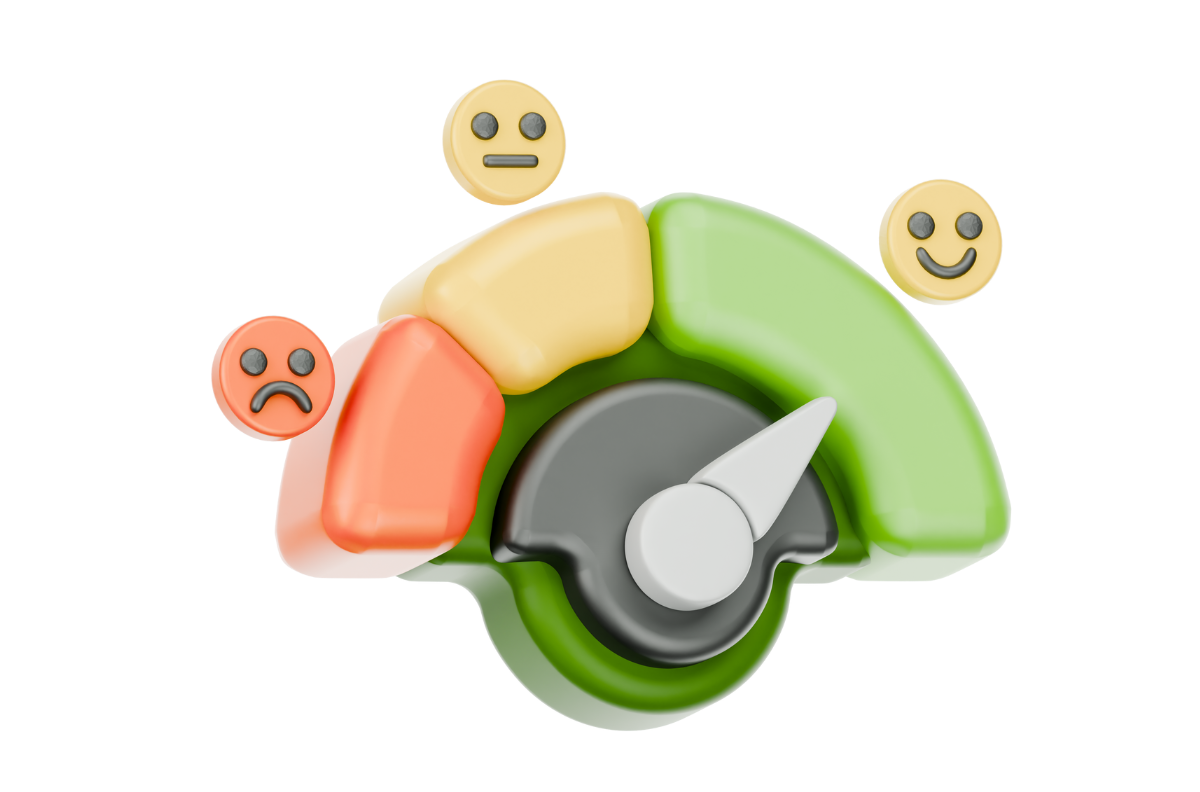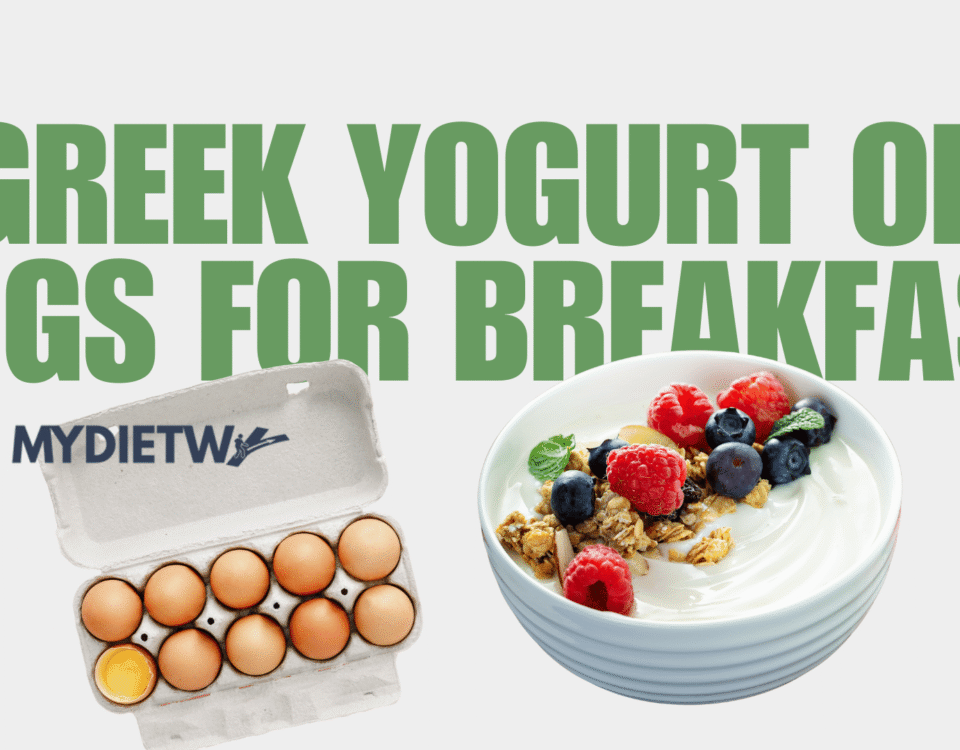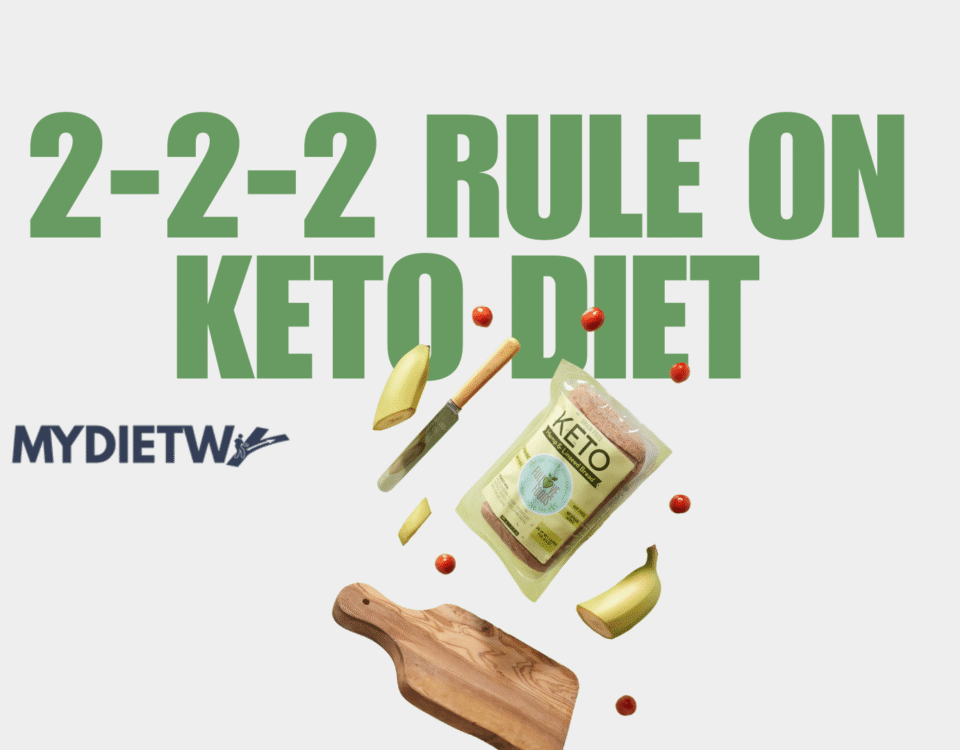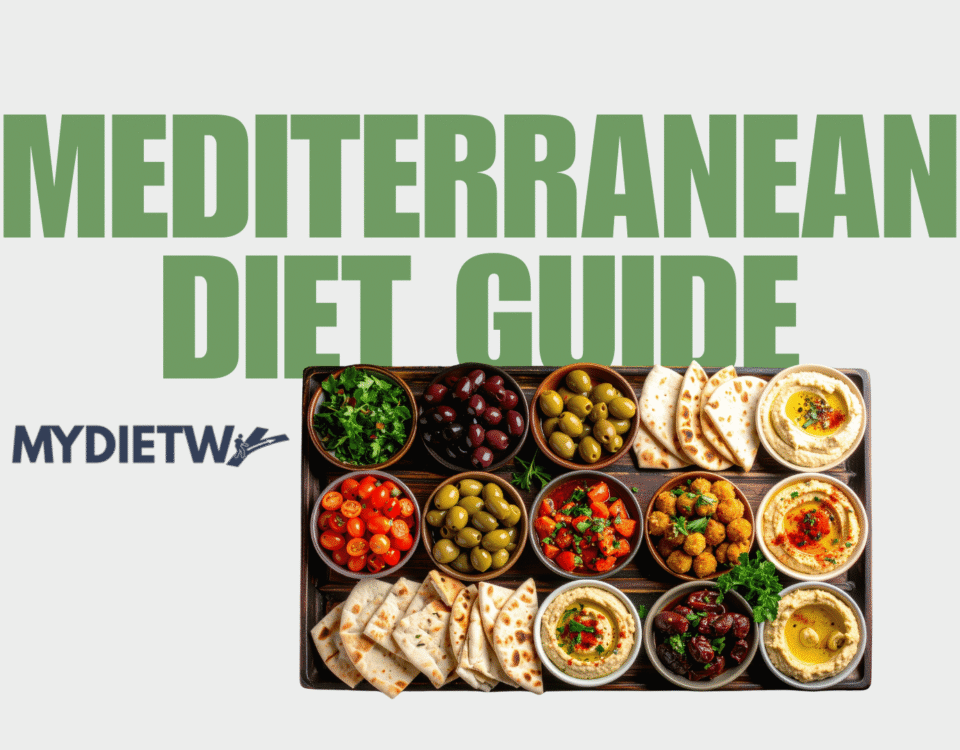Have you ever tried a diet that worked wonders for someone else—but left you hungry, tired, or stuck on the same scale number? You’re not alone. People come in fundamentally different body types—ectomorph, mesomorph, and endomorph—each with unique metabolic rate, fat storage patterns, and insulin sensitivity. Yet most mainstream diets treat everyone the same.
This guide will help you:
- Discover your body type.
- Learn how to match it with the ideal eating pattern—be it keto, Mediterranean, low‑carb, vegan, or intermittent fasting.
- Understand macronutrients, metabolic differences, BMI, gut health, calorie deficits, fat loss vs. muscle gain.
- Track what matters—metrics, labs, lifestyle—and adjust smartly over time.
- Make an informed, sustainable decision backed by science and respected sources like Harvard Health, Mayo Clinic, and NIH.
Let’s solve the puzzle once and for all: finding the right diet for your body type.
1. Body Type 101: Ectomorph, Mesomorph, Endomorph
🔍 What Are Body Types & Why They Matter
These categories help explain differences in basal metabolic rate (BMR), how quickly you store fat vs. muscle, and how your body responds to carbs, fats, and training:
| Body Type | Typical Traits | Metabolism | Common Challenges |
|---|---|---|---|
| Ectomorph | Slim bones, fast metabolism, hard to gain weight | High BMR, low fat storage | Difficulty gaining muscle or weight |
| Mesomorph | Athletic build, responsive to training | Moderate‑high metabolic rate | Balanced, but can gain fat if overeats |
| Endomorph | Wider waist, slower metabolism, stores fat easily | Low BMR, high fat storage | Insulin resistance, weight loss plateaus |
Visual diagram idea: depict side‑by‑side silhouettes labeled with metabolism arrows, calorie needs, and macronutrient breakdowns.
🧪 Science Behind Body Types
- Insulin sensitivity varies: ectos handle carbs better, endos often face insulin resistance and need more controlled glucose intake.
- Fat distribution: endomorphs accumulate visceral fat more readily; mesomorphs distribute fat evenly; ectos rarely store fat.
- NIH research shows metabolic adaptation varies by body type, affecting how calorie deficits impact weight loss.
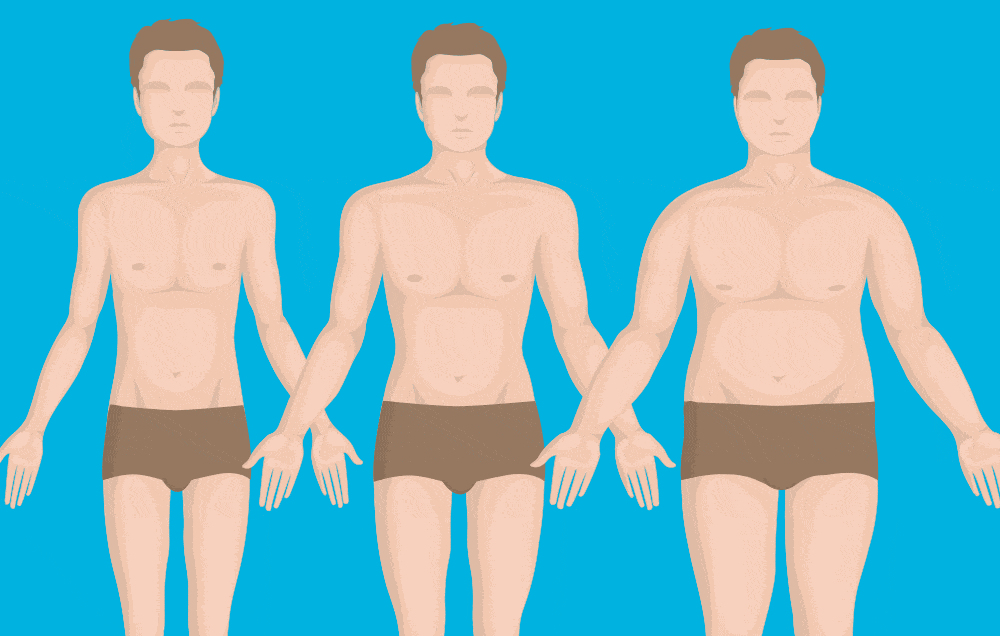
2. Matching Diet Styles to Body Type
Each body type thrives differently on specific diets. Here’s the breakdown:
2.1 Ectomorph (“Lean & Fast‐Metabolizer”)
Best Diets:
- Moderate‑high carb, moderate protein, moderate fat: Clean energy and muscle focus.
- Mediterranean diet: Balanced macros, high in healthy fats and fiber.
- High‑calorie vegan or plant‑based: If gaining muscle is the goal.
Recommended Macronutrient Ratios:
- Carbs: 50 – 60%
- Protein: 15 – 20%
- Fat: 25 – 30%
Why It Works:
- Fuels high BMR.
- Supports calorie surplus to build lean mass.
- Promotes good gut flora and metabolic flexibility.
Pros & Cons:
| Pros | Cons |
|---|---|
| Easy energy, supports workouts, minimal fatigue | Risk of overeating refined carbs, insulin spikes |
Sample Meal Plan:
- Oatmeal + banana + almond butter + whey
- Brown rice + grilled salmon + greens
- Hummus wrap + avocado + quinoa
2.2 Mesomorph (“Naturally Muscular”)
Best Diets:
- Balanced macronutrient plan with moderate carbs, protein, and fat.
- Mediterranean diet is ideal, with flexibility for low‑carb cycles or intermittent fasting on rest days.
- Keto can be used occasionally for body recomposition phases (but not long-term unless trained).
Recommended Macronutrient Ratios:
- Carbs: 30 – 45% (flex with activity)
- Protein: 25 – 35%
- Fat: 25 – 35%
Benefits:
- Mesos respond well to strength training, recover fast, and maintain muscle.
- They can adapt to keto when fat‑loss focus kicks in, but carbs help performance.
Pros & Cons:
| Pros | Cons |
|---|---|
| Flexible, scalable, great performance potential | Must manage calories to prevent fat gain |
Sample Meal Plan:
- Greek yogurt parfait + berries
- Turkey + sweet potato + steamed veggies
- Salmon + mixed greens + olive oil dressing
2.3 Endomorph (“Slow Metabolizer & Fat‑Prone”)
Best Diets:
- Low-carb or keto: Aim to reduce glucose and control insulin response.
- Mediterranean diet (low‑carb version): Lean protein, olive oil, leafy greens.
- Intermittent fasting (like 16:8): Supports insulin sensitivity and calorie deficit.
Recommended Macronutrient Ratios:
- Carbs: 10 – 25%
- Protein: 30 – 40%
- Fat: 35 – 50%
Mechanisms:
- Fewer carbs = less insulin spikes = better fat burning.
- Ketosis support enhances fat metabolism.
- Intermittent fasting mimics periods of low insulin and low calorie intake.
Pros & Cons:
| Pros | Cons |
|---|---|
| Effective fat loss, improved insulin sensitivity, appetite control | Risk of overly restrictive eating, watch micronutrients (fiber, vitamins) |
Sample Meal Plan:
- Eggs + spinach + avocado
- Grilled chicken + roasted broccoli + olive oil
- Salad with tuna, mixed greens, olive oil, nuts
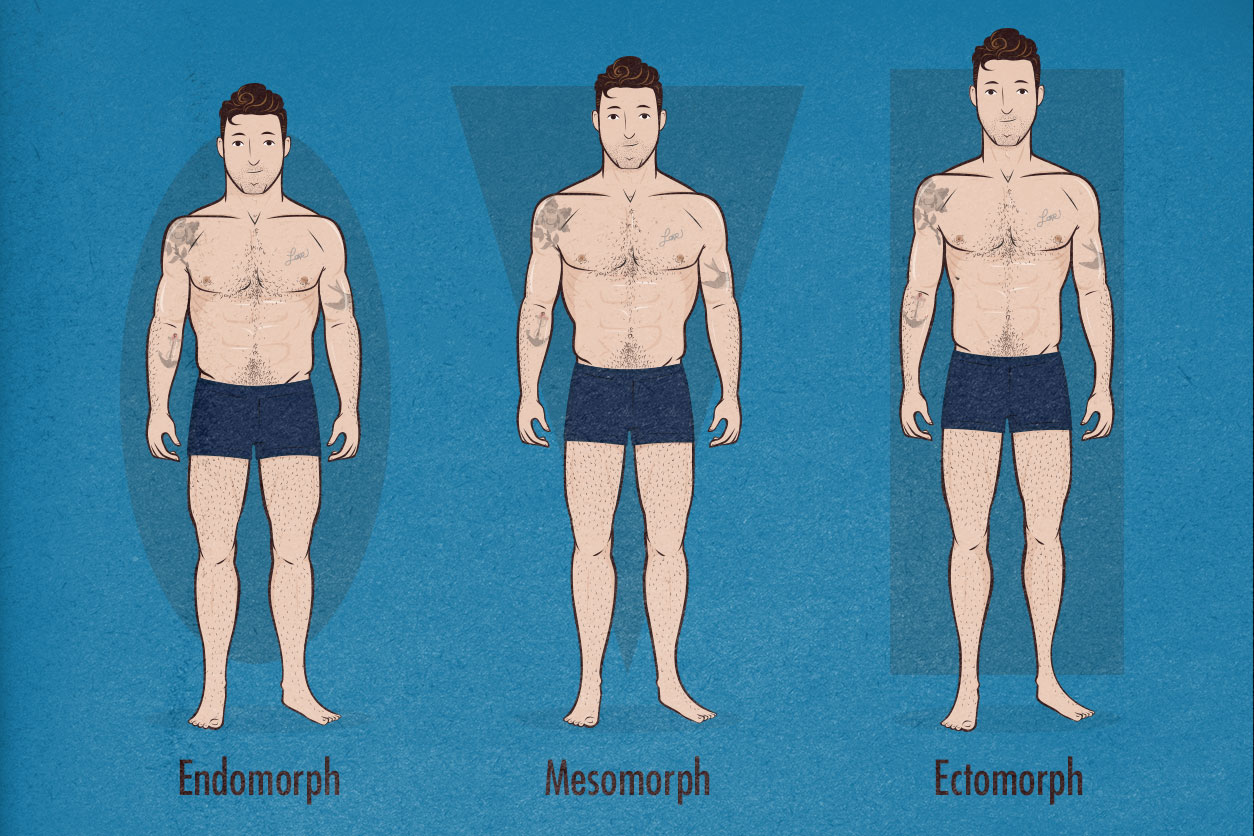
3. Diet-by-Body-Type: Full Comparison
3.1 Keto
- Ectomorph: Not ideal long‑term—may feel lethargic, lose muscle.
- Mesomorph: Can be used in cycles for fat‑loss phases; great if carb-sensitive.
- Endomorph: Excellent for reducing fat; improves insulin resistance and metabolic rate.
Science: A Mayo Clinic review shows keto helps reduce insulin levels and promotes rapid weight loss, especially in insulin-resistant individuals.
3.2 Low‑Carb (20‑40% Carbs)
- Ecto: Moderation is key—don’t go too low, or you’ll underfuel.
- Meso: Balanced: can boost fat‑loss while retaining strength.
- Endo: Effective; safer than zero‑carb; maintains fiber and gut health.
3.3 Mediterranean
- Ecto: Great for supporting lean muscle and high‑energy needs.
- Meso: Ideally suited; great protein, heart‑healthy fats, steady metabolism.
- Endo: Works well with carb‑timing or reduced grain portions; keeps gut flora healthy.
3.4 Vegan / Plant‑Based
- Ecto: Potential calorie shortage—not great unless carefully planned.
- Meso: Works with high‑quality protein sources (legumes, tofu, seitan).
- Endo: Beneficial for fiber and gut flora, but watch starches and added sugars.
3.5 Intermittent Fasting (IF)
- Ecto: Risk of under‑eating—avoid prolonged fasts unless calorie intake is sufficient.
- Meso: Effective for fat‑loss cycles; taper eating around workouts.
- Endo: Powerful tool—supports insulin control, caloric deficit, and appetite regulation.
4. Tracking & Tweaking: Data-Driven Approach to Your Diet
📌 Key Metrics to Monitor
- Basal Metabolic Rate (BMR) and Total Daily Energy Expenditure (TDEE)
- BMI, body fat %, waist circumference, lean mass
- Blood markers: fasting glucose, HbA1c, lipid profile, insulin
- Gut health indicators: bowel habits, bloating, food sensitivity
- Energy levels, sleep quality, mood, hunger cues
📱 Tools and Expert Recommendations
- Use tracking apps such as [MyFitnessPal link], [Cronometer link], [My Diet Way tracker internal link] to log macros, calorie intake, gut symptoms, and mood.
- Periodically (every 4–6 weeks) check weight and inches, ideally by same time of day and with similar hydration.
- Get labs done quarterly if you’re endomorphic or pre‑diabetic; less often if you’re ectomorphic and healthy.
📊 How to Adjust
- Start with a baseline macronutrient set based on your body type.
- Track for 2–4 weeks.
- If body fat or weight isn’t changing at desired rate, reduce or increase calories by 5–10%.
- Similarly, reduce carbs if fat loss stalls (especially for endos), or increase protein if muscle gains are too slow (for meso and ecto).
- Monitor hunger/no hunger, cravings, blood markers. Adjust sodium, fiber intake, hydration, gut‑friendly foods (pre/probiotics).
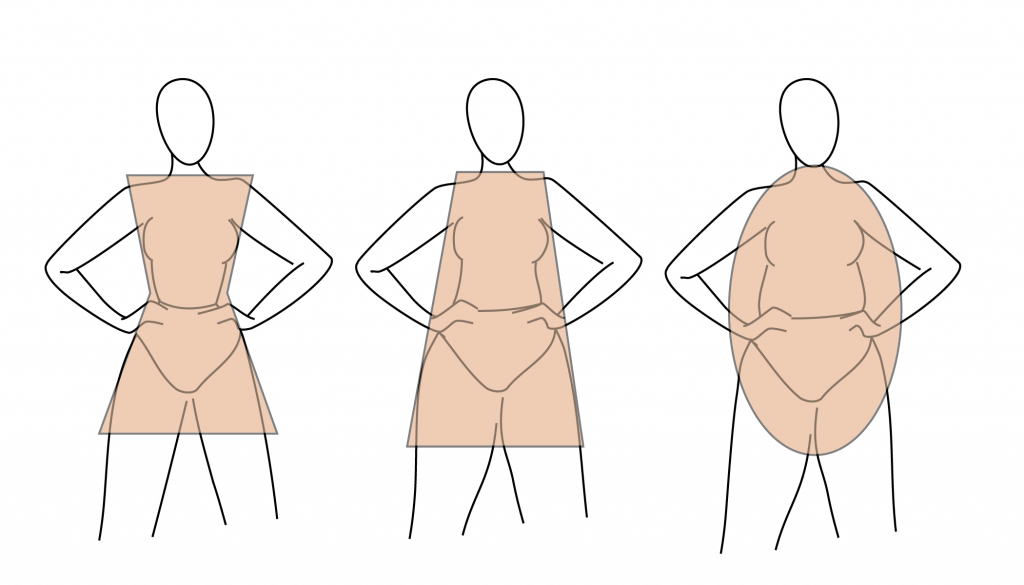
Frequently Asked Questions (FAQs)
Q: Can I be a “mix” of two body types?
Yes. Many people are “ecto‑meso” or “meso‑endo” blends. Use whichever type your body aligns with most to start, then scale macros slightly toward your tendencies (e.g. if you store fat easily, lean toward endo guidelines for carbs).
Q: Is BMI a reliable measure?
BMI is a rough guideline—it doesn’t differentiate muscle vs. fat. Use body fat percentage and waist circumference for better insights, especially for athletic (meso) individuals.
Q: What about gut health / microbiome?
Different diets affect gut flora. Endos may benefit from fiber‑rich fermented foods, prebiotics, and probiotics. Keto and low‑carb can reduce microbiome diversity if not planned with fiber.
Q: How quickly should I expect to see results?
- Endomorph on low‑carb or keto/Fasting: often 1–3 kg fat loss in first 2–4 weeks.
- Mesomorph: steady fat‑loss or muscle gain in 4–8 weeks if in a proper calorie window.
- Ectomorph: may take longer to gain muscle (3–6 months depending on training and calories).
Q: Should I supplement?
If you’re in a restrictive diet (vegan/low‑carb/keto), consider a multivitamin, vitamin B12, omega‑3, and vitamin D, after checking levels.
Q: Is intermittent fasting safe for everyone?
For healthy adults, 16:8 fasting is generally safe. Avoid long 24‑hour fasts if you’re ectomorphic or struggle to hit calorie goals. Pregnant or diabetic individuals should consult a doctor first.
Conclusion & Next Steps
Finding the right diet for your body type isn’t about a one‑size‑fits‑all copy‑centerline protocol—it’s about understanding your metabolism, fat storage style, activity, insulin sensitivity, and lifestyle.
Ectomorphs thrive on higher carbs and calories. Mesomorphs succeed with balanced flexibility. Endomorphs excel on low-carb or keto with intermittent fasting and tight control of insulin. stay with MyDietWay





